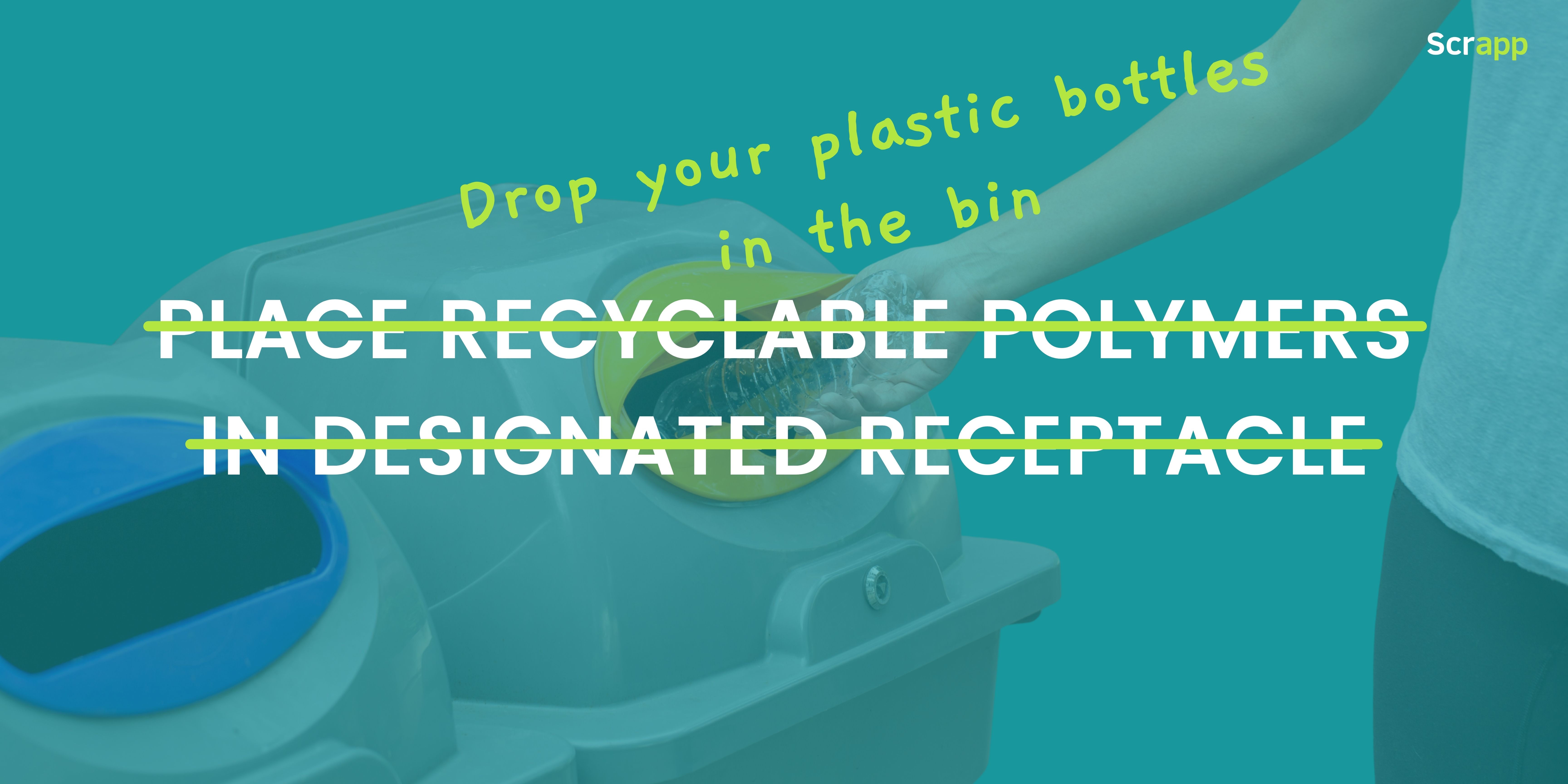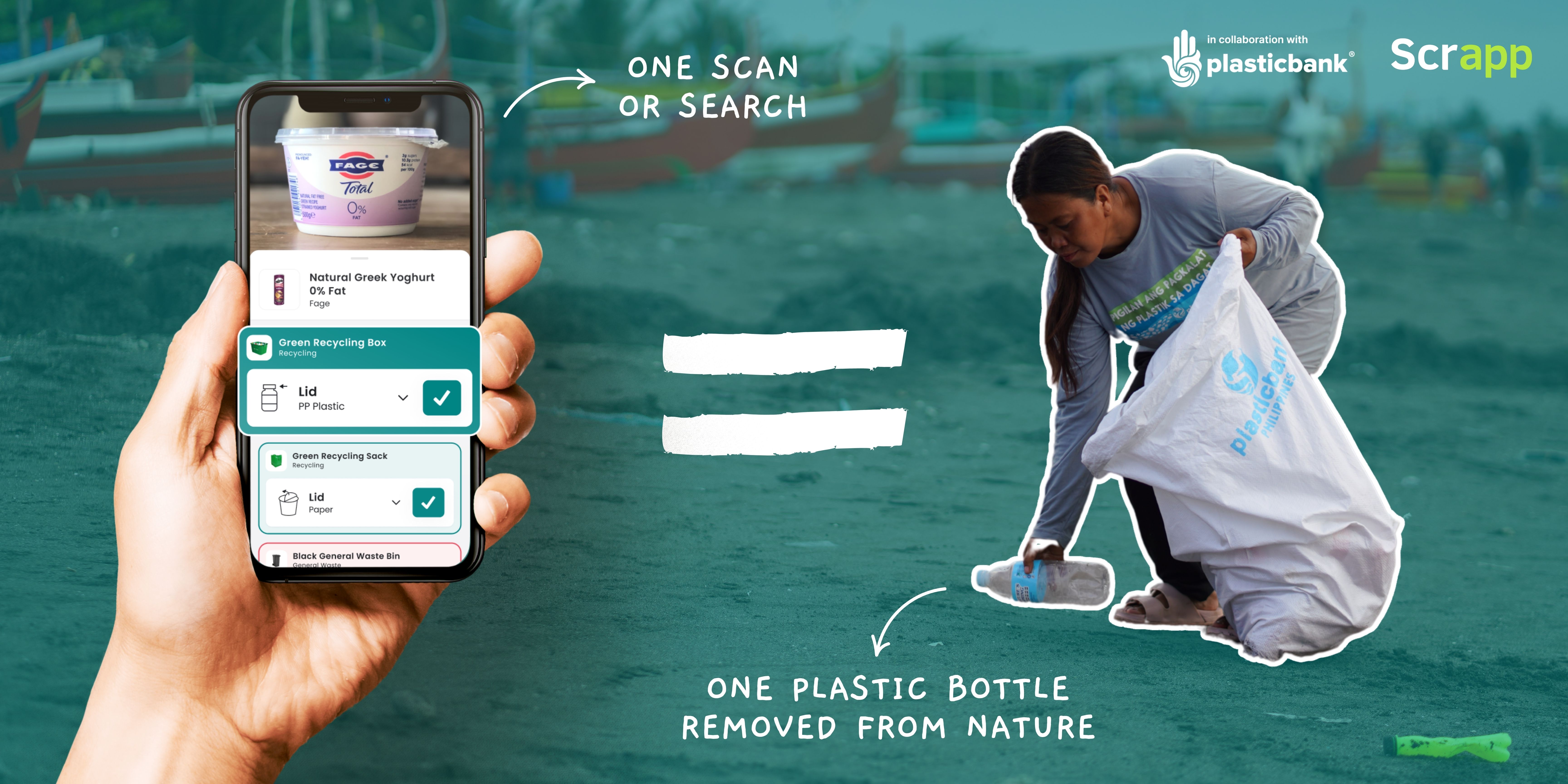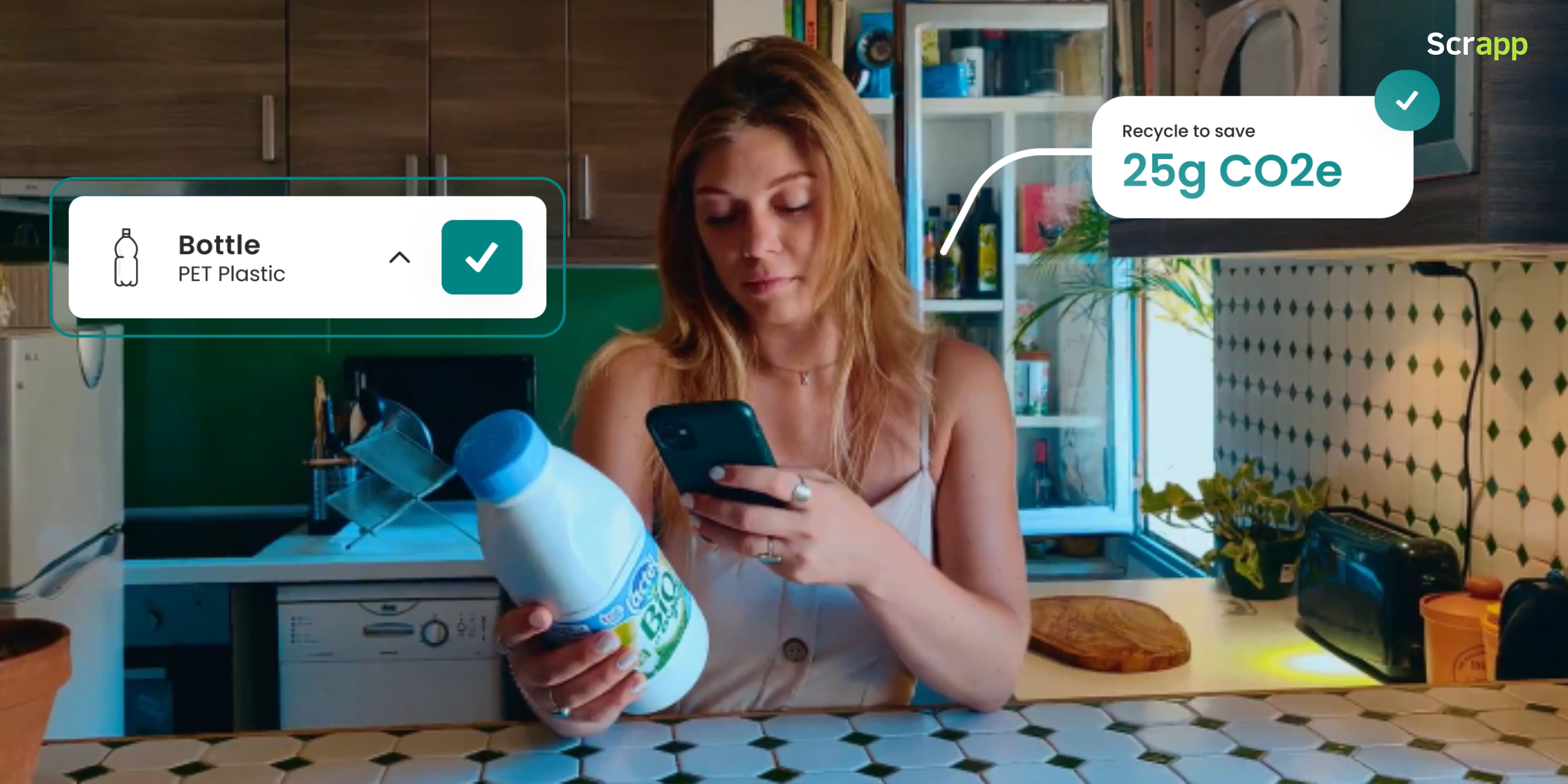.jpg)
The average consumer faces over 50 disposal decisions per week. Yet 8 out of 10 people admit they regularly guess where items belong, leading to contamination that costs recycling facilities billions annually. Clear communication isn't just helpful - it's a prerequisite for achieving your zero-waste goals.
Why Zero-Waste Communication Fails (And How to Fix It)
The Problem:
Traditional recycling symbols are challenging because they don't account for the local nuance of the markets they are shown in. In the US, town-by-town there are different recycling rules. Recycling symbols take theoretical recycling rates (eg. if the material can be accepted at the Material Recovery Facility (MRF)). Technically informative, but practically useless. Studies have shown that almost half of all recycling symbols are incorrect or misleading.
The Solution:
Transform complex waste management into simple, actionable steps that anyone can follow.

7 Proven Strategies That Actually Work
1. Use Visual Hierarchy Like a Traffic Light System
Step-by-step approach:
- Green zone: Items that go in standard recycling (bottles, cans, paper)
- Yellow zone: Items needing special handling (batteries, electronics)
- Red zone: Items that go to trash (contaminated packaging, mixed materials)
Why it works: Our brains process color 60,000 times faster than text. Just like traffic lights instantly communicate "stop" or "go," color-coded disposal creates immediate understanding.
Implementation: Place colored posters above the bins, use colored assets in digital communications, train staff to reference colors in explanations. To note, you must include some symbols or patterns related to the color, to ensure inclusivity of color sensitive readers.
2. Replace Jargon with Action Words
Current problem: "Place recyclable polymers in designated receptacle" Better approach: "Drop your plastic bottles in the bin"
Logic behind this:
- Cognitive load reduction - Simple words require less mental processing
- Universal understanding - Action words translate across education levels
- Immediate clarity - No interpretation needed
Analogy: It's like giving driving directions. Instead of saying "proceed northeast on the thoroughfare," you say "turn right on Main Street."
Implementation: Having simpler language also helps non-native English speakers. Ideally, you include the translation of the most commonly used languages in the organization on the posters (up to 2 others). For tech-savvy readers, you can also include a QR code that readers can scan to improve accessibility as well as more than 2 alternative languages.

3. Leverage Location-Specific Guidance
The challenge: Recycling rules vary by city, creating a patchwork of confusion.
Strategic solution:
- Provide zip code-specific instructions
- Partner with local waste management companies
- Create region-specific disposal maps
Why this works: Personalized information feels relevant and trustworthy. When someone sees their specific city mentioned, engagement increases by 340%.
Implementation: You can use Scrapp for exactly this. Update in real-time across multiple regions or sites.
4. Implement the "Grandmother Test"
The principle: If your 85-year-old grandmother can't understand your disposal instructions in 10 seconds, they're too complex.
Step-by-step refinement:
- Write your instruction
- Remove all technical terms
- Add one clear action verb
- Test with someone unfamiliar with your system
- Refine until understanding is instant
Real example:
- Before: "Ensure containers are free from residual contamination"
- After: "Rinse containers clean"
5. Create Positive Reinforcement Loops
Psychology principle: People repeat behaviors that make them feel good about themselves. How often have you stood by the bin and wondered "Does this one plastic bottle really make a difference?". This lack of transparency and understanding fuels a lack of faith in the system which hampers future engagement.
Implementation strategy:
- Show environmental impact ("You've saved 12 trees this month!")
- Celebrate milestones ("25 items disposed properly!")
- Share community progress ("Our neighborhood diverted 2 tons from landfills!")
Analogy: Think of it like a fitness app. You don't just track steps, you celebrate achievements, show progress, and build momentum through positive feedback.
Implementation: Leaderboards amongst teams have the strongest influence on engagement of waste programs. Who'd have thought - we all love a good competition!

6. Use the "One-Second Rule"
The concept: Consumers should know where an item belongs within one second of being stood by the bin.
Execution framework:
- Visual matching - Photos of actual items on bins or clear containers with the appropriate waste items in it
- Size indication - "Fits through this slot? It goes here."
- Texture cues - Rough bins for compost, smooth for recycling
- Shape recognition - Bottle-shaped slots for bottles
Implementation: Spend an afternoon timing how long it takes people to get it right. Then begin implementing the framework above and see how the behavior changes over time. You might be surprised!
7. Deploy Multi-Channel Consistency
The strategy: Deliver the same message across all touchpoints.
Channel coordination:
- Packaging design - Clear disposal icons (eg. put colored stickers on your canteen packaging items that match the color of the bin they are supposed to go into). Track for a month and then the familiarity should have people disposing in the right bins without the need for the stickers.
- Digital platforms - Consistent terminology and visuals that match the physical world. Confusion occurs in the vague, and waste programs are no different. Be very direct and intentional to minimize confusion.
- Point-of-disposal - Matching signage and bin design is critical to a successful waste program. Matching artwork and colors are a huge step. Make sure the bins are located in a high footfall area (desk bins are not a good move if you want to lower contamination rates and lower cleaning costs), they are multi-stream, and easy to access.
- Staff training - Unified language across all interactions, with lunch and learns to educate on the wider impact the waste program is having. The business case for proper waste disposal writes itself after you realize that businesses spend up to 10% of annual turnover on waste management!
Logic: Like a symphony orchestra, every instrument (channel) must play the same tune for beautiful music (clear communication).
Measuring Success: Key Performance Indicators
Track these metrics to validate your communication effectiveness:
- Contamination rates: Target less than 5% contamination in recycling streams
- User engagement: Monitor app usage, website visits, and information requests
- Disposal accuracy: Measure proper sorting through waste audits
- Community feedback: Survey satisfaction and understanding levels
- Recycling Volume: Understand your recycling tonnage
The Technology Advantage
Modern solutions like barcode scanning apps (Scrapp) eliminate guesswork entirely. When consumers can instantly access location-specific disposal instructions by simply scanning a product, compliance rates jump dramatically and contamination levels start to tank.
No more getting lost in confusing recycling rules.

Implementation Roadmap
Week 1-2: Audit current communication materials
Week 3-4: Redesign using visual hierarchy and action words
Week 5-6: Test with focus groups using the grandmother test
Week 7-8: Launch with measurement systems in place
Ongoing: Monitor, refine, and optimize based on data
Effective zero-waste communication isn't about having more information - it's about making the right action obvious and immediate. When you remove friction from disposal decisions, people naturally make better choices.
The companies and communities succeeding in zero-waste initiatives share one trait: they've mastered the art of turning complex environmental science into simple, actionable guidance that anyone can follow.
Start with these seven strategies, measure your results, and watch your proper disposal rates climb while contamination plummets. Your environment - and your bottom line - will thank you.
How can Scrapp help?
Download Scrapp and test it out for your yourself! If you're a brand or retailer with a product line - reach out to the team to upload them to our system and start educating your customers on how to correctly dispose of your waste at the end of its life.